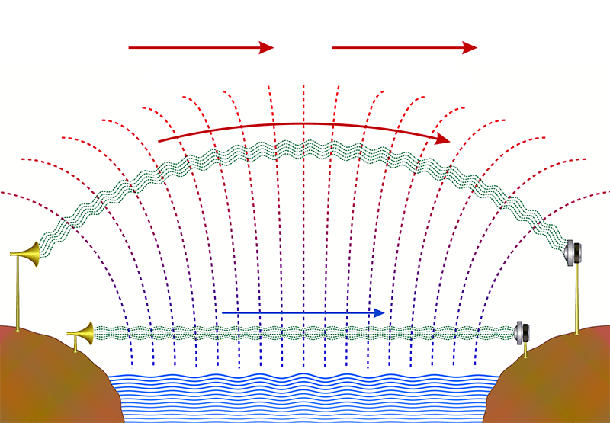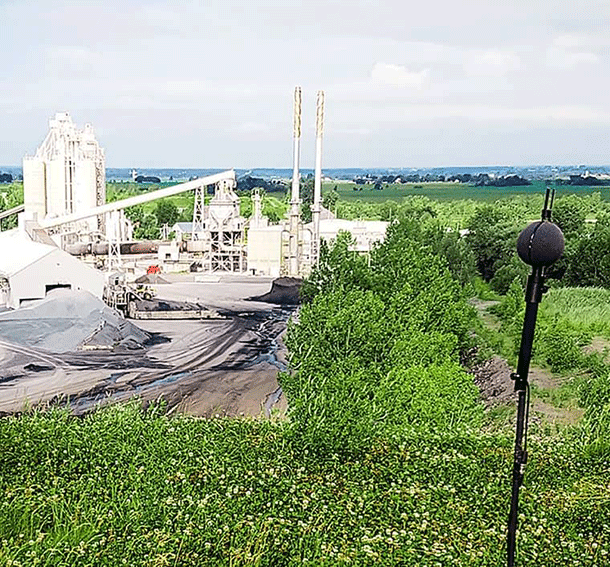Another interesting test to characterize the soundproofing of a building is the FIIC test (Field Impact Insulation Class). Like the FSTC, it represents measurements taken directly in the building in question and not laboratory data. Otherwise, it would be the IIC (Impact Insulation class) test. Like the STC, the CII result will always be better than the FICC, because the conditions to which the floor is subjected are ideal and the reality can be much harder.
An impact sound might be, for example, an upstairs neighbour walking too hard or the shock the floor gets when someone above drops a dish by accident. Our floor, whatever it is, cannot escape it and every “shock” makes it vibrate imperceptibly. It is these vibrations that transmit sound waves beyond the floor (such as in the apartment or room below, for example).
The FICC/ICC test exists in order to reduce or even prevent this transmission. The experts are then mandated to bring their specialized impact devices, microphones and data recording and processing software to simulate impacts on the floor under study.

In order to properly map the movements and/or vibrations of the floor, experts hammer the floor at different locations with a machine similar to the one above (floors at risk of damage from equipment are not tested, such as hardwood floors). The five hammers hit the ground and make it possible to recreate different impact frequencies (from 125 Hz to 4000 Hz). A microphone is placed in the receiving room (often the one below the tested floor) and records the perceived sound level.

From the data collected, they calculate the FIIC (or Field Impact Insulation Class) according to the standards in force. Naturally, the higher the value, the more isolated the floor is (so fewer sound waves are transmitted to the receiving room). By now knowing how the floor “reacts” to impacts, experts can then make adjustments to improve its soundproofing. As a result, the occupants of the receiving room will no longer be bothered by impact noise coming from above their heads.
Image credits
Photo of tapping machine courtesy of Noise Monitoring Services
References



